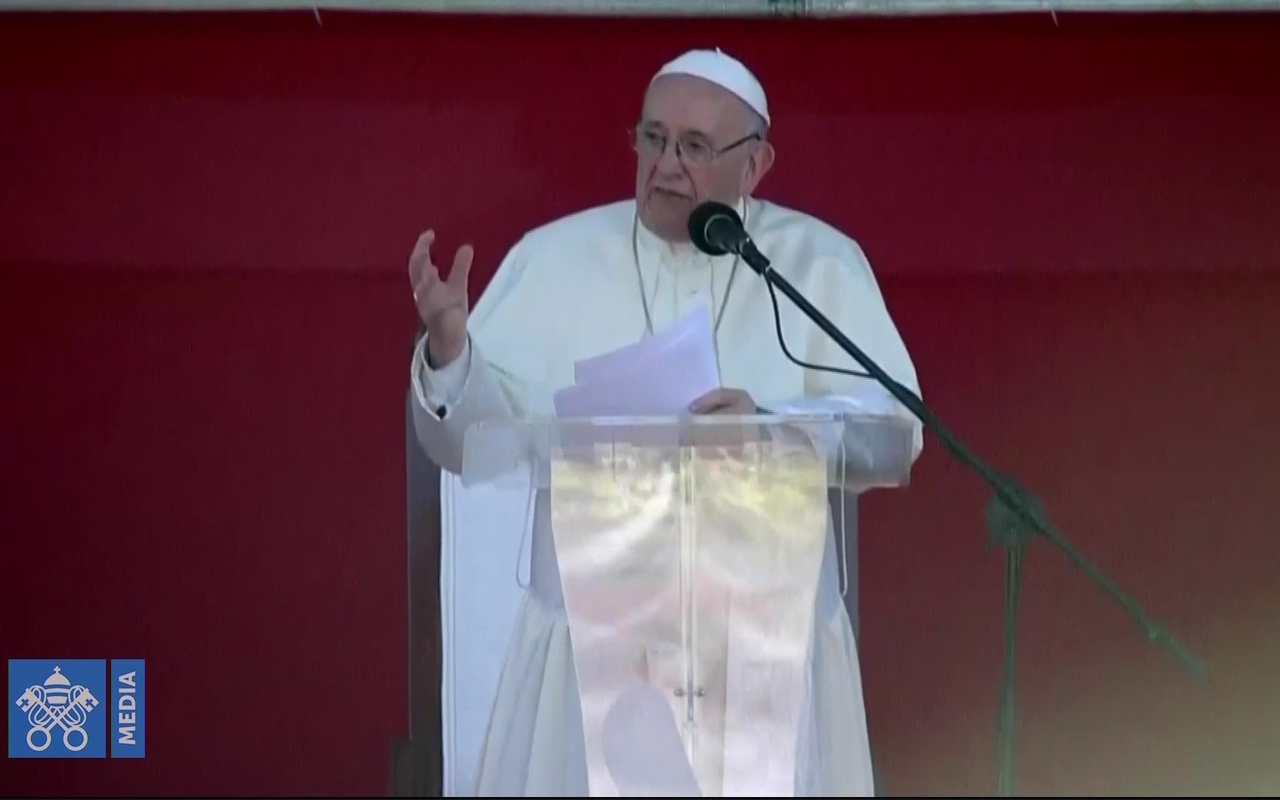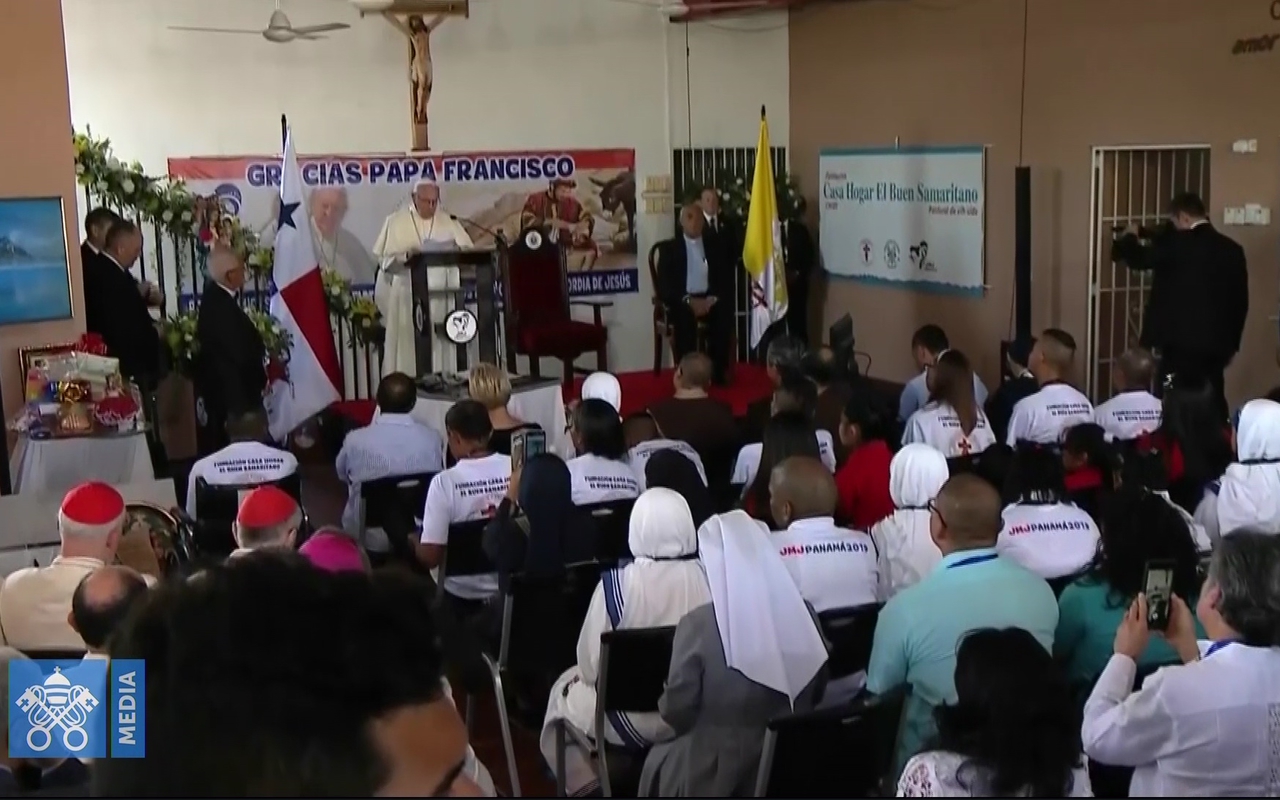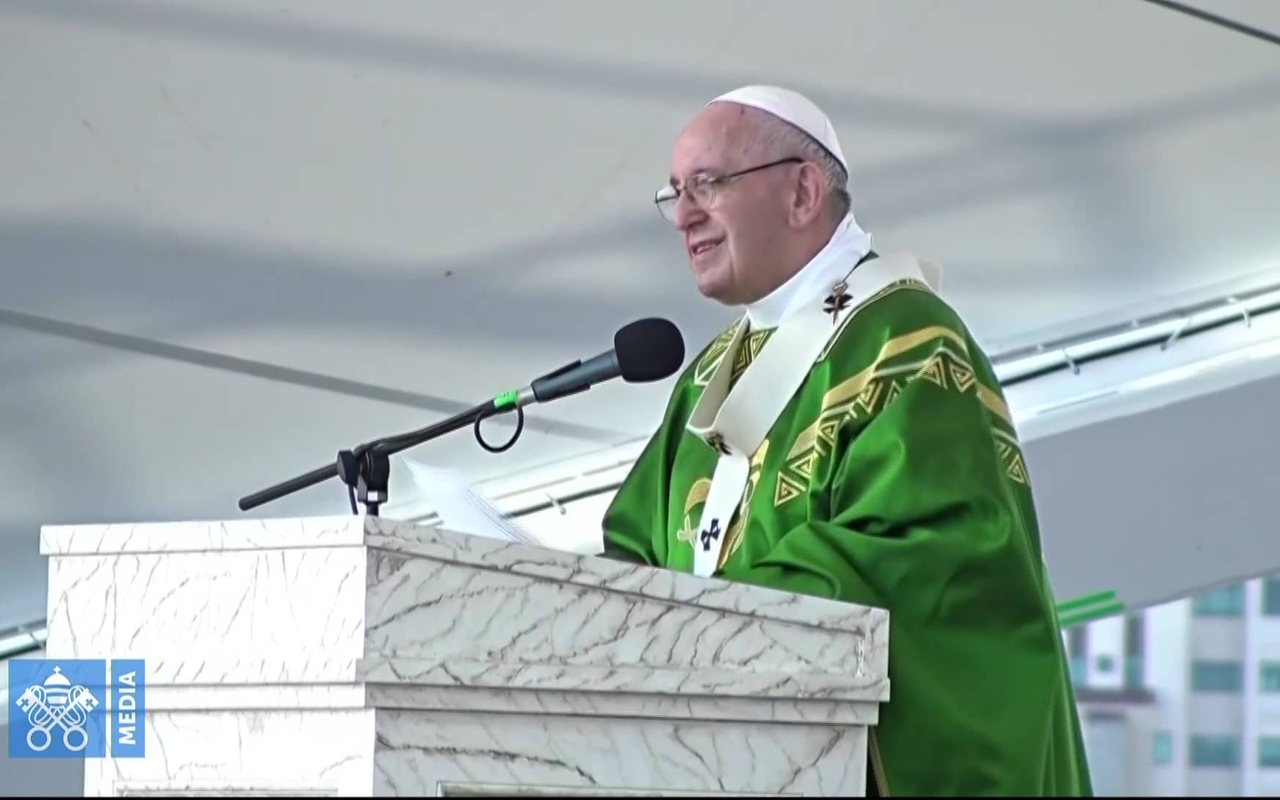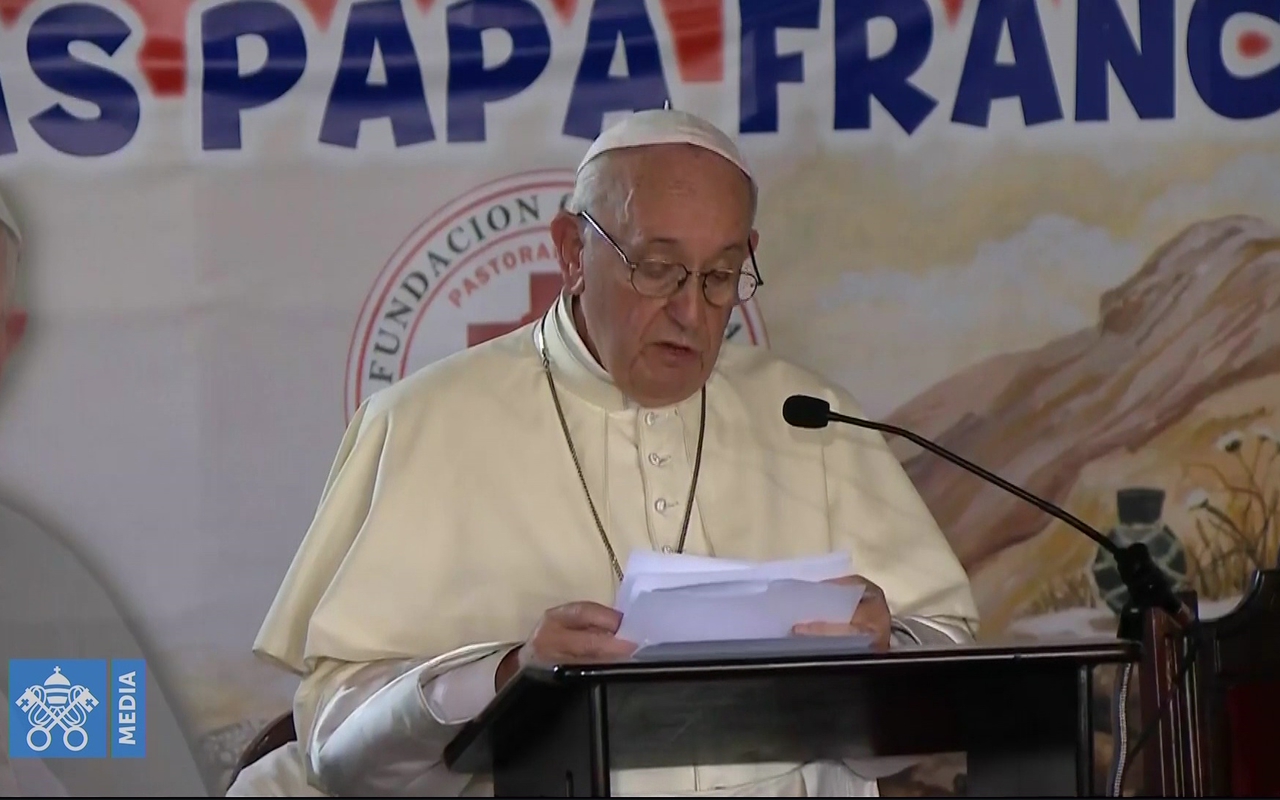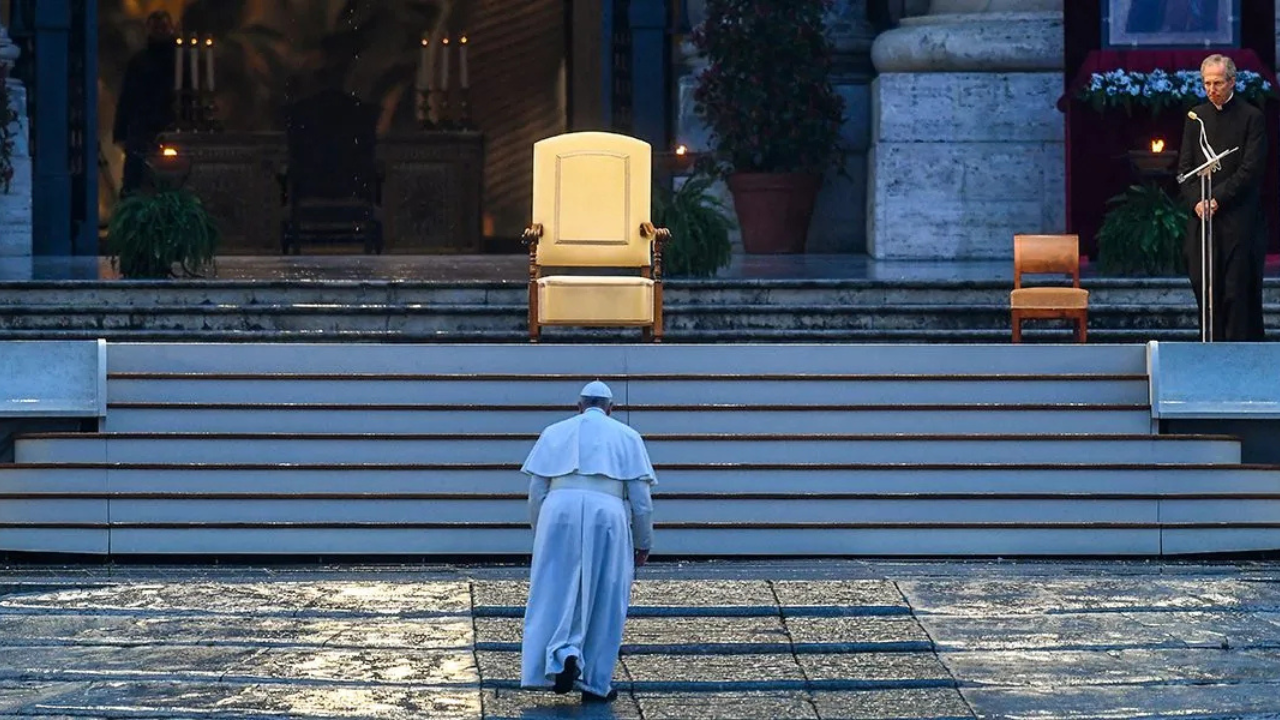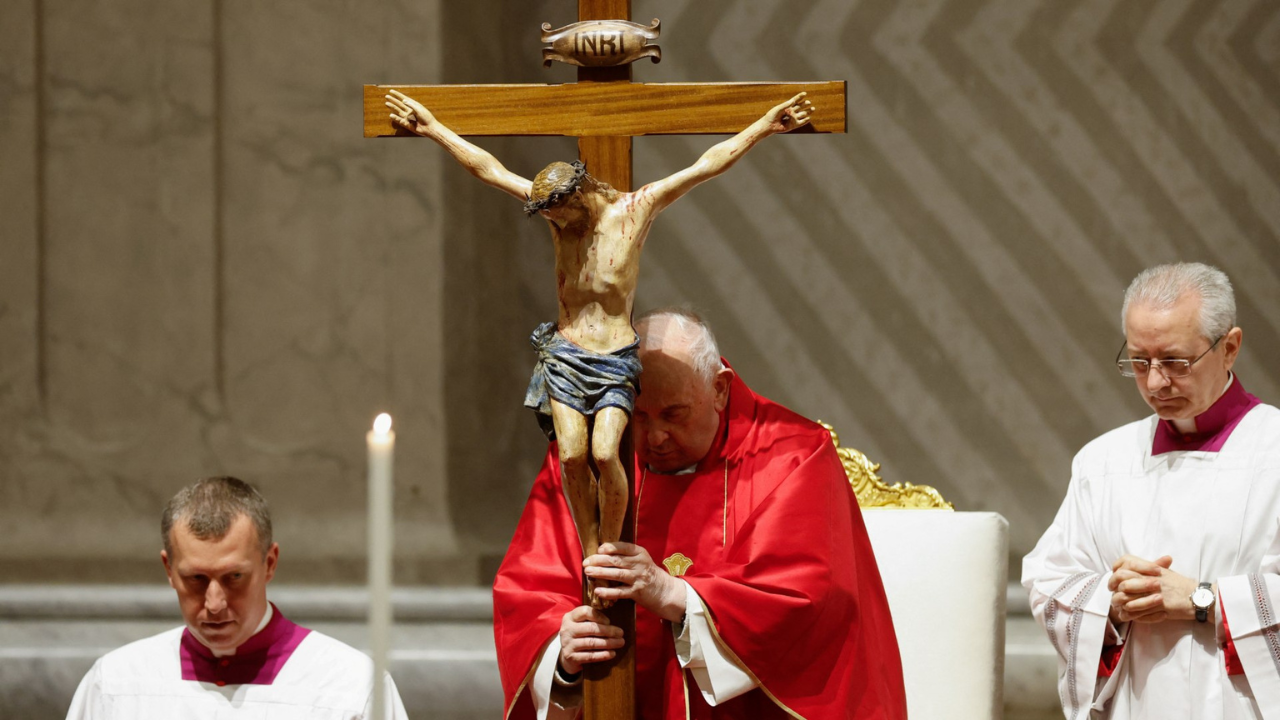One quality that makes Panama a unique country is the presence of this work of engineering, way ahead of its time. In fact this construction has transformed ship transport not only in Panama, but around the whole world.
The majestic Panama Canal did this through a Miraflores lock operation. There visitors from all over the world can enjoy this authentic scene: immense ships passing through the locks.
HUMBERTO
“It was a spectacular moment when the waters came down and the ship crossed.”
PABLO
“It's much better than I thought. I had seen videos, photos... I had read articles and books but... it's impressive. It's much more than you' imagine.”
JACK
“In person you get to realize how they managed to squeeze everything in to the Canal. However, what's more amazing is the history of what it took to build the Panama Canal.”
The French were the first to try to connect the Caribbean Sea with the Pacific Ocean. After this failed project, the Americans took over the construction of the Canal, thanks to a treaty with Panama when it had just become an independent country. This is because until the early 20th century, Panama belonged to Colombia.
Around 37 ships pass through the Canal every day; and for each one it requires the work of about 150 people. Once a ship arrives in these waters, the captain has to hand over his authority to the Canal personnel.
This effort joins 144 maritime routes that communicate 160 countries and reaches more than 1,700 ports all over the world. However, the Canal is not the only engineering prodigy that has changed the world. This natural space houses a multitude of species: at least 1,125 different varieties of plants, 200 of them considered rare, and some 25 species of protected birds.
Although the pope's agenda in Panama is now full, the Canal authorities have not lost hope. They have invited Pope Francis to visit the facilities, so that he can enjoy an experience that is only possible in Panama.





